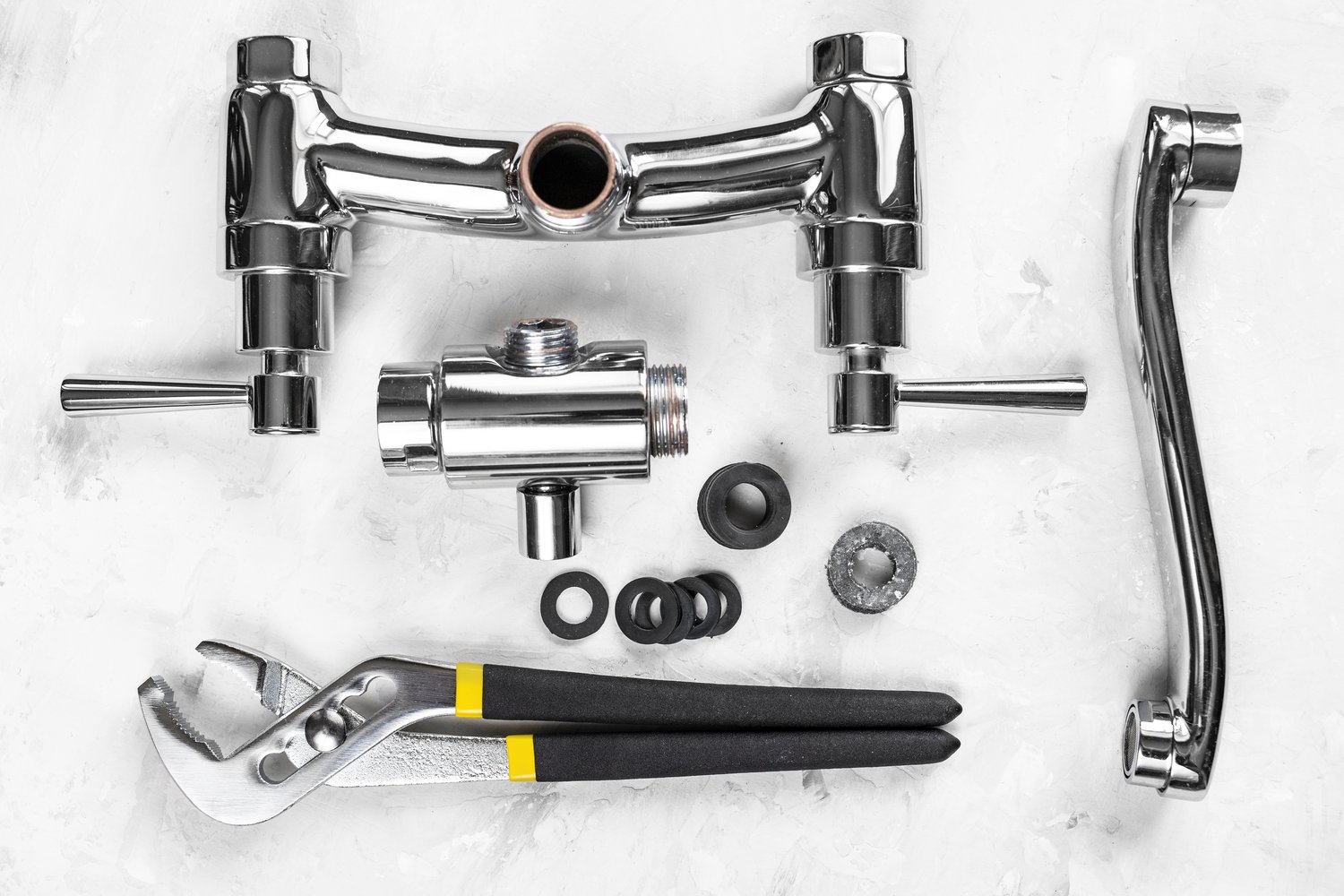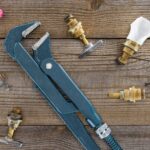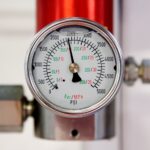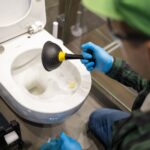Is your kitchen faucet suddenly sputtering with low water pressure, disrupting your daily routine? Understanding the causes and solutions for this common problem can save you time and money. By identifying the issue early and applying some straightforward DIY fixes, you can restore your faucet to its perfectly flowing state.
- Discover the frequent culprits behind low water pressure, like debris-clogged aerators and minor leaks.
- Learn simple techniques to check and clean the aerator, a key player in maintaining your faucet’s smooth operation.
- Explore methods to troubleshoot other faucet components, such as cartridges and supply lines, which might be contributing to the pressure decline.
This guide offers valuable insights into resolving kitchen faucet water pressure issues with ease. By addressing these problems head-on, you can ensure your kitchen continues to operate efficiently and effectively. Dive into the article for practical steps that empower you to tackle this challenge confidently.
Understanding Common Causes: Why Is My Kitchen Faucet Water Pressure Suddenly Low? DIY Fixes
Experiencing low water pressure in your kitchen faucet can be frustrating, but understanding the causes can help you restore it quickly. Several factors might contribute to the sudden drop in water pressure, starting with a clogged aerator. The aerator, located at the tip of the faucet, can accumulate debris and mineral deposits over time, significantly reducing water flow.
Leaks are another common culprit. Whether it’s a leak in the piping system or within the faucet itself, escaping water can lead to decreased pressure. Regularly inspecting your plumbing for any visible water signs can be crucial in maintaining optimal water flow.
Moreover, valve issues can also result in water pressure problems. The shut-off valves under your sink could be partially closed or malfunctioning, restricting water flow. Ensuring that these valves are fully open and in good condition is essential for maintaining the desired pressure in your faucet.
Inspecting the Aerator: Simple Steps to Diagnose the Problem
The aerator is often the first component to check when facing water pressure issues. To inspect and clean it, you can start by unscrewing the aerator from the faucet tip. If it’s difficult to remove, using a pair of pliers wrapped in cloth can help prevent any damage to the finish.
Once removed, look closely for any visible buildup or blockages. Soaking the aerator in a solution of vinegar and water can effectively dissolve mineral deposits.
Next, use a small brush or toothpick to gently scrub away remaining debris. Rinse thoroughly and reattach the aerator, ensuring it’s securely in place. This simple maintenance task can make a significant difference in restoring your faucet’s water pressure.
Troubleshooting Low Pressure: Why Is My Kitchen Faucet Water Pressure Suddenly Low? DIY Fixes
Having low water pressure in your kitchen faucet can be a frustrating issue. It’s important to actively troubleshoot to pinpoint the cause. Beyond clogs in the aerator, several other faucet components could be responsible for this inconvenience. Identifying these elements early can save you time and effort.
The faucet cartridge plays a critical role in controlling water flow and temperature. Over time, minerals and sediment can accumulate, obstructing the cartridge. This buildup leads to restricted water movement and reduced pressure. To address this, remove the cartridge and inspect it closely. Soaking it in vinegar and gently scrubbing can effectively eliminate deposits. If cleaning doesn’t suffice, consider replacing the cartridge to restore efficient water flow.
Attention should also be directed towards the faucet supply lines. These lines connect your kitchen faucet to the main water supply. Check for kinks or bends that might hinder water movement. Debris accumulation inside the lines is another common cause of diminished pressure. Detach and flush the supply lines to ensure they are clear. An uninterrupted flow guarantees that your kitchen faucet performs optimally.
Another possible contributor to low water pressure is leakage within the plumbing system. Leaks can divert water away from the faucet, leading to noticeable pressure drops. A thorough inspection of all visible plumbing joints and connections is advisable. If any leaks are detected, it’s crucial to tighten fittings or replace defective parts to prevent further pressure loss.
By systematically examining the cartridge and supply lines, you can often identify and resolve the causes of low water pressure in your kitchen faucet. Should these DIY solutions not work, professional assistance might be necessary. Such intervention ensures every inch of your plumbing system operates at peak performance.
FAQs About Low Water Pressure in Kitchen Faucets
What causes low water pressure in a kitchen faucet?
Common causes include clogs in the aerator, leaks in the plumbing, or issues with the valve or cartridge.
How can I clean a faucet aerator?
Unscrew the aerator from the faucet, soak it in vinegar to remove buildup, and scrub with a brush before reassembling.
What should I do if cleaning the aerator doesn’t help?
Inspect the faucet’s cartridge and supply lines for blockages or damages, and replace components if needed.
Could a water leak affect faucet pressure?
Yes, leaks can decrease overall water pressure. Check for visible leaks under the sink and repair them promptly.
When should I call a professional plumber?
If DIY attempts fail to restore adequate water pressure or if you suspect a significant plumbing issue, consider professional assistance.





